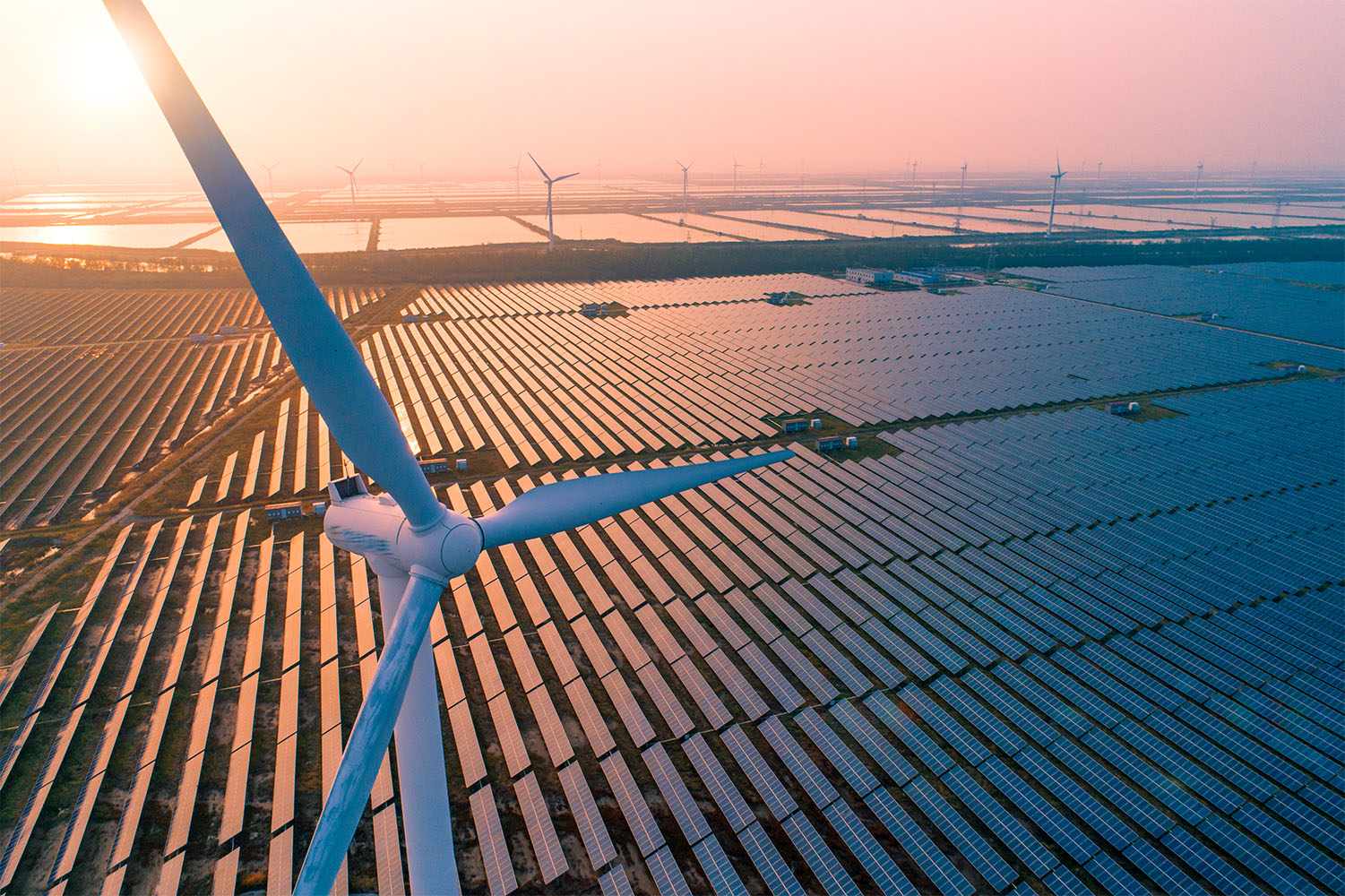New business solutions for the energy sector in Poland
Published on 23rd January 2024
What were the most significant legal changes introduced over the last year?

The Polish energy market is currently undergoing a process of transformation. Legal regulations introduced in 2023 support its energy transition and create new investment opportunities that will make the Polish energy market more competitive and open to the changes that the industry is undergoing as it adapts. Most of the legal changes may apply to renewables sector investors.
Cable pooling
Cable pooling is the sharing of connection (infrastructure and grid connection capacity allocated to a given grid connection point) by energy generation installations. Cable pooling is treated as a potential solution to overcome the limited power capacity of the grid. It allows for more efficient use of the existing renewable energy sources (RES) installations, which often have unused power and swift development of new RES projects without the need for significant grid adaptation.
Thanks to the amendment of the Polish Energy Law, since October 2023 there has been the possibility of joint connection to the grid of two or more installations. As a result, investors may seek new investment opportunities close to the locations of existing solar photovoltaic (PV) or wind farms. This way, cooperation with other generators may enable new RES projects to be implemented less expensively and more efficiently.
Adopted regulations include:
- The connection of different or the same types of RES sources (for example, PV, wind turbine generation, energy storage and biogas) to the electricity grid through one connection point.
- Under a cable pooling agreement (CPA), energy generators are obliged to execute specific agreement setting out technical details of connection and other mutual obligations.
- Grid connection conditions and grid connection agreement are binding for each entity using the connection point. The grid operator enters into a single grid-connection agreement, with only one entity as a party of the joint grid-connection agreement.
- Participation in RES support schemes – for example, RES auctions and acquisition of green certificates – is limited to only one installation connected through cable pooling.
- The energy generator ensures that energy introduced to the grid is not higher than the connection capacity agreed with the relevant operator (technical safety solutions are required if the connection capacity is determined at a level lower than the planned total installed capacity).
Direct line
New direct-line regulations came into force in September 2023. Direct line allows electricity generators and consumers to be connected while bypassing the distribution network. The adopted legal framework is intended to allow direct delivery of electricity from source to consumer. The customer will also be able to inject the surplus into the grid.
Primarily, this mechanism creates opportunities for projects where grid connection conditions have been denied due to the lack of grid capacity or for projects associated with large industrial off-takers with significant energy consumption. This solution is of crucial importance since the lack of grid connection capacity is now posing a significant barrier to investors in renewable energy sources in Poland.
Adopted regulations include:
- The implementation of an entry in the direct lines register in place of obtaining official permission for its construction from the regulator (the notification must include information on the parameters of the line, as well as an expert assessment of the impact of the line itself).
- The possibility of introducing the generated electricity into the grid after obtaining a trading license.
- The so-called "solidarity fee" to cover fixed costs not reflected in other components of the tariff that direct line users will have to pay to maintain the national power grid.
The direct line will enable greater use of renewable energy sources by industrial consumers, which in turn, by reducing energy costs, should positively impact their competitiveness. However, the final cost-effectiveness of this solution will depend on the amount of the solidarity fee.
Investor contribution widens
At the same time, new grid-financing solutions have been introduced to the Polish Energy Law. Investors have recently been allowed to contribute to the cost of the grid connection system.
As most of the applicants for grid connection conditions have faced rejection due to economic reasons, investors are now allowed to co-finance the development and expansion of the grid.
In this eventuality, it will be necessary to agree on the details of participation in the construction and expansion of the grid section for connection of the given installation. These arrangements should be determined by a special agreement executed with the grid operator.




